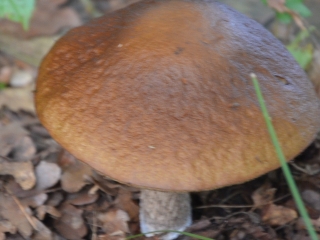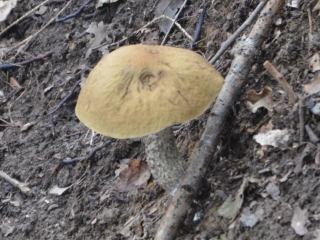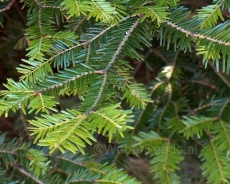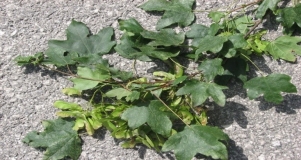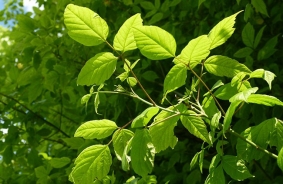Gabrov dedek Leccinellum pseudoscabrum
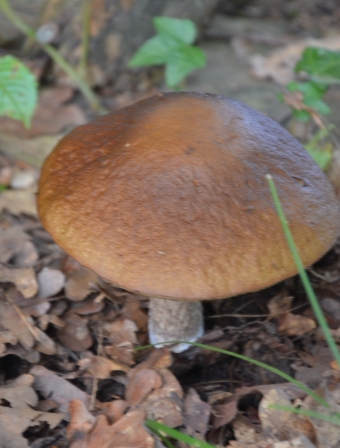
Features
It grows in groups under hornbeams, on the edge of a forest in the grass, from summer to late autumn.
| Species | Glive |
| Living space | Conifer forest, Deciduous forest, Mixed forest |
| Size |
Description
We can recognize it by its finely wrinkled, ornate brown cap, by its flesh, which turns very black in the air, and by its typical habitat under hornbeams, which thrives best on forest slopes in the grass. Cap: 3-12 cm, at first semicircular, then conically convex, more and more flattened, but not cushioned, remains slightly conical, the surface is roughly wrinkled, rounded, brownish, lighter in old mushrooms, and likes to crack in the dry season. Hymenium: Perforated spores are first whitish, later yellowish-gray, the tubes are thin, long, almost free at the beta, the holes darken in the pressed places. Stipe: 7-15 x 1-2 cm, cylindrical, full, hard, towards the bottom it is slightly wider, whitish, grayish, scab, roughly scaly, in old mushrooms the scales become blackish. Meat: whitish, slightly pink at first in the air, then gray, black, the old is soft, pleasant smell and taste. Spore: 10-20 x 4-7 µm, spindle-shaped, smooth, spore powder is tobacco brown. Edible.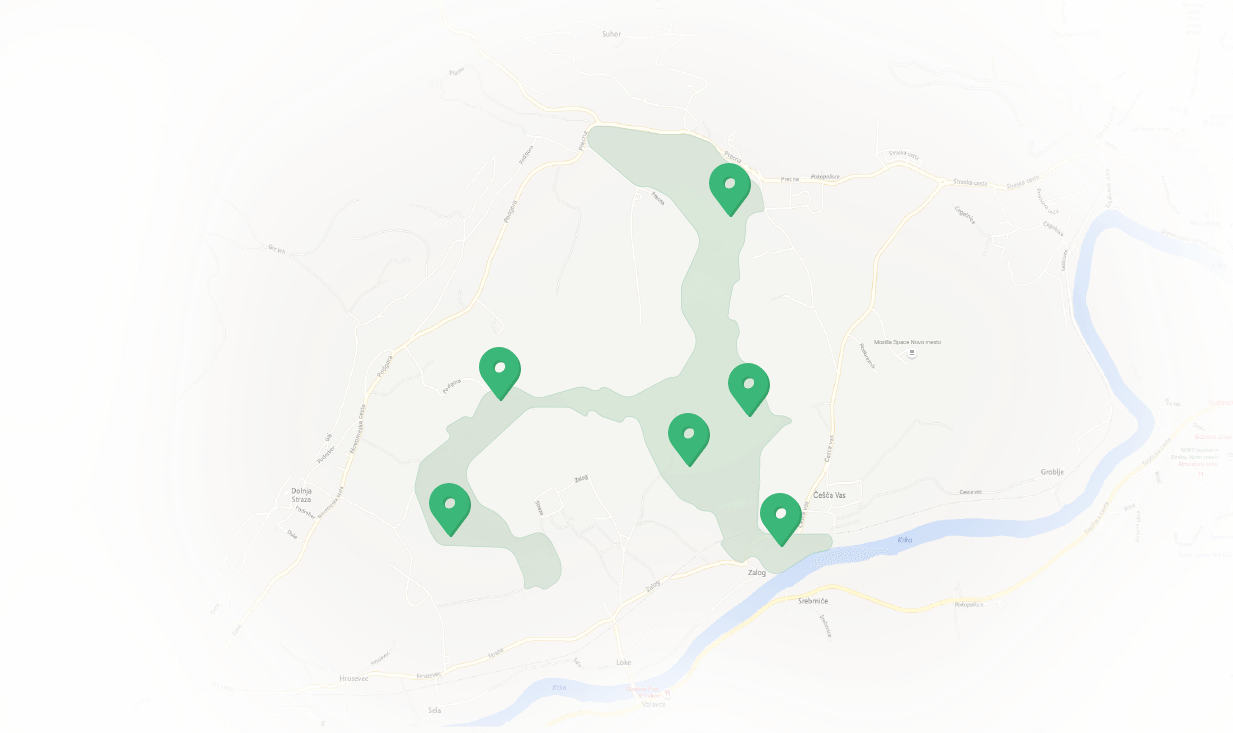
Features Temenica (3)
SPECIAL ogr.

